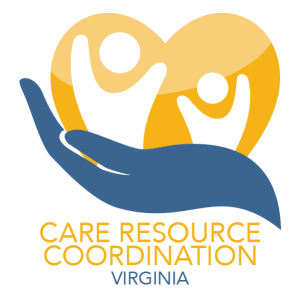Get the Latest Guidance
Faith-based Organizations
COVID-19 Resources
COVID-19 Treatment
COVID-19 treatments can help prevent severe illness in high-risk patients to help keep them out of the hospital.
COVID_19 Treatment Info Sheet (Spanish)
Support for those that need to isolate or have Long COVID
This program is for people who tested positive for COVID-19 and need support to isolate safely and for those who need support for Long COVID.
COVID-19 Vaccines
Everyone aged six months or older is eligible to receive at least one dose of a COVID-19 vaccine.
Staying Up to Date on COVID-19 Vaccines
VDH COVID-19 Testing Webpage
There are many ways to access COVID-19 testing in Virginia. Learn more about whether to get tested, where to get tested, and what to do after testing below.
Factors to Consider
For many faith traditions, gathering together for worship is at the heart of what it means to be a community of faith.
Individuals should consider their personal risk of becoming seriously ill from COVID-19 before attending an in-person worship service. Attending an indoor service, including services with singing, is generally considered safe for someone who is up to date on their COVID-19 vaccines.
When determining your personal level of risk, here are some factors to consider:
Vaccination Status
The best way to protect yourself and others in a worship setting is to stay up to date on COVID-19 vaccines. If you are gathering with people you know, encourage them to be up to date as well.
Your own health status
Your own health status, such as whether you have a weakened immune system or have a medical condition that places you at high risk of having severe illness.
Consider also if you live with or will be having social contact with someone who is at high risk of having severe illness.
Consider self-testing to detect infection before any contact with them, especially when the COVID-19 Community Level is medium or high.

Additional Considerations
Singing and playing wind instruments are thought to be higher risk activities for spreading COVID-19. Maintaining distance between musicians and increasing the ventilation (or rehearsing/performing outside) can reduce this risk.
Outdoor or drive-in services are considered safer options for individuals who are not up to date on vaccinations or who have compromised immune systems.
Best Practices
Faith-based organizations should consider following VDH Recommendations for Businesses and other Establishments (PDF) (3 pp, 635 KB) for layered prevention strategies to prevent COVID-19.
- Virginia Partners in Prayer & Prevention continues to work with, support and be a resource to our places of worship, faith-based and interfaith communities. Questions about COVID-19 and faith-based organizations can be addressed to OHE@vdh.virginia.gov
- Request cloth masks from the Virginia Partners in Prayer & Prevention program
Last Updated: March 6, 2024
Opens pdf to download
Opens file to download
Opens in a new window
External link will open in new window. Click link to exit Virginia Department of Health Website.






